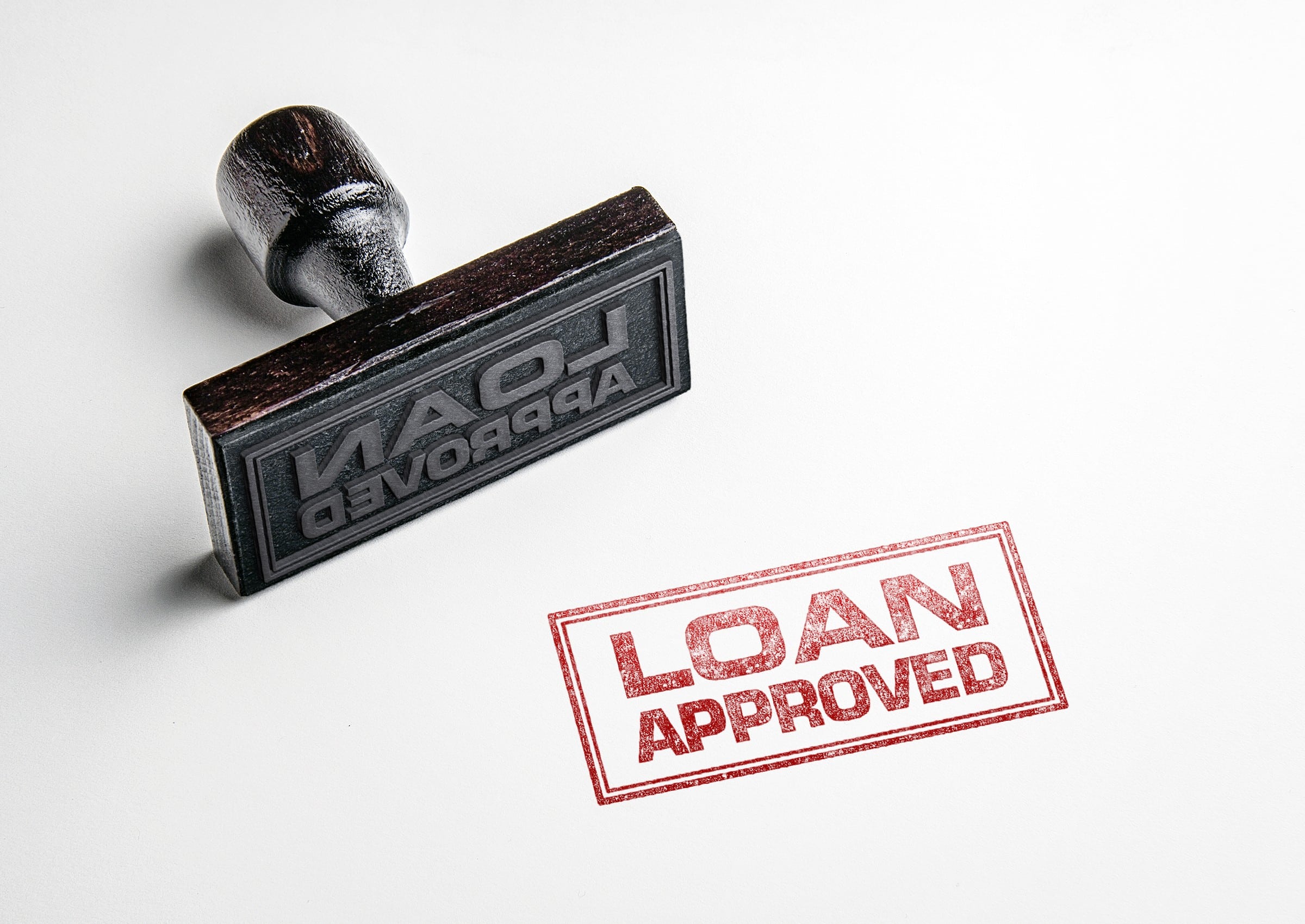Knowing how small business loans work is critical for any entrepreneur. Canada had 1,200,571 small businesses with 1-99 employees in 2019. With more than 99% of agriculture, forestry, fishing and hunting, real estate, and professional and scientific services being small businesses, it’s clear that Canada’s economy is significantly driven by small businesses. Despite their economic significance, more than half of small businesses fail within their first five years of operation. Many factors contribute to the failure rate, including a lack of market need, competition, and pricing.
A huge factor for failure, however, is lack of capital. That’s why financing is so important for a business’s initial years of operation. Small business owners look for financing from various sources. A common category of capital financing is debt financing. This includes lines of credit, commercial loans, overdrafts, microcredit loans, and of course, small business loans.
A small business loan is a sum of capital that a lender gives a business owner to finance operations. The borrower makes monthly payments on the loan for an agreed-upon length of time, with interest. Interest rates can be fixed (the same) for an agreed-upon number of years. They can also be variable, which means dependent on the market and in flux. Shorter-term loans may have lower interest rates, but require more capital each month to pay back. Longer-term loans may require less principal paid each month. However, interest payments can cost you more money over the course of the loan term.
How to Get a Small Business Loan
Generally, it’s difficult to obtain a small business loan, especially if you’re a new business. With high failure rates, small businesses aren’t considered to be safe investments. Lenders see small businesses, especially in their early years, as risky borrowers, so the requirements are usually extensive. Big banks like RBC and Scotiabank offer desirable rates but have stricter requirements. For example, high credit score and significant capital savings as a down payment. B lenders such as credit unions and online lenders sometimes have higher rates, but they have more ease in their application requirements. For most small business loans, lenders typically require the following for their application processes:
Decent Credit Score
In most cases, lenders want to see a credit score of at least 700 to consider you for a loan. Your credit score is a summarized picture of your credibility in paying your debts. If you have poor credit, you are less likely to qualify for a loan. However, some lenders might consider your application in exchange for higher interest rates, shorter loan terms, or collateral.
Business Plan
A business plan documents the future of your business. Ranging between 25 and 100 pages, business plans contain information about a business’ goals, market and products, financing, and timelines. Moreover, your business plan should make your business shine. It’s an opportunity to express the ways your business has a competitive advantage, the strategies you have in securing your markets, and how you’ll make the best use of your finances.

Financial Statements and Tax Returns
Lenders typically require you to produce the following financial statements: Balance Sheet – A balance sheet is a document stating the assets, liabilities, debt, and shareholders within your business. It demonstrates the overall value of your business Cash Flow Statement – A cash flow statement shows the cash flowing in and out of your business, giving a clear picture of operating, investing and financing activities. Income Statement – An income statement is a document that demonstrates a business’s revenues and expenses like rent. Tax Returns – A tax return shows your business’s (or your, as an individual) income and tax payable for the year. These documents help lenders verify your income.
Bank Statements
Lenders will often ask to see bank statements from the past three to six months to assess the financial health of your business.
Proof of Ownership
Articles of Incorporation, government-issued identification, and a business social insurance number all demonstrate proof of ownership. Lenders also look at your savings to see if you have any equity to back up your business goals, as well as any significant debt you have that may hinder your ability to pay back the loan, and the amount of time you’ve been in business.
Types of Loans
Canada Small Business Financing Program (CSBFP) Most Canadian small businesses with under $10 million in revenue are eligible to apply for this government loan program. Once accepted, the CSBFP offers loan financing for purchasing commercial land, equipment, renovations, and existing business’ assets, and the program registration fee. This loan does not cover inventory, working capital, goodwill, and various other expenses.
Term loan
A traditional option, term loans grant a business money it needs to pay back with interest. Each term loan has different guidelines, with agreed-upon term lengths, monthly payments, interest rates, and loan amounts. Most term loan amounts range between $25,000 to $500,000. Compared to other financing options, term loans generally offer lower interest rates. There are also short-term loans, which function with a shorter repayment term. The ideal term length of your loan depends on your individual business needs. If your business is strapped for cash, you might make a sacrifice in paying more interest over time in exchange for smaller monthly payments.
Business Lines of Credit
Business lines of credits offer accessible capital to a business that it can withdraw from at any time. With amounts ranging from $10,000 to $1,000,000, business lines of credit are unique in the way that a business only needs to pay back the portion of the credit that it uses. Another desirable characteristic of the line of credit is that a business can use it for whatever it needs, including advertising and marketing, inventory, equipment, real estate, and more. Since the eligible purchase options are so flexible, business lines of credit resemble business credit cards. However, they differ because business credit cards require a fee for a cash advance. Depending on the individual business, interest rates can be relatively low and don’t often exceed 25%.
Invoice Financing
Invoice financing is a loan backed by a business’ future invoice payments. So, if you’ve provided a product or service and have evidence that you will be receiving payment in the near future, you might be a good candidate for invoice financing. Similar to equipment financing, the invoices secure the loan as collateral, so the lenders assume less risk.
Equipment Financing
Equipment financing allows a business to take out a loan to cover the cost of a particular piece of equipment and its maintenance, but nothing else outside of the equipment. Unlike a term loan, the equipment purchased acts as collateral for the loan, making it a less risky investment for the lender. Interest rates for these loans are relatively low because of the security in collateral, and borrowers with lower credit scores are more likely to secure equipment financing than other kinds of loans. Some examples of businesses that might consider equipment financing are flatbed truck transportation businesses, laser hair removal businesses, and construction companies.
Reasons Why You Can’t Get a Business Loan
Unfortunately, only 48% of small businesses are able to meet their financing needs. Many of these businesses have trouble accessing small business loans, and there are a variety of reasons explaining this. Knowing how small business loans work requires you to understand why you may not get one.
Credit history
36% of small businesses rejected for a loan were denied because of a low credit score. Since your credit score measures a significant part of your reliability to a lender, it’s important to improve your credit score if possible, before you apply for a loan.
Limited Cash Flow
If a lender sees a tight, or limited cash flow on your financial statements, they might doubt your ability to make monthly payments on your loan. Experts recommend you calculate your cash flow on a quarterly basis, or every three months, to help you prepare for expenses and save more money.
No Business Plan
A lenders may deny your loan application if you have a weak business plan or no business plan at all. Since businesses encompass a lot of planning, lenders want to make sure you have a solid plan on how you plan on spending your loan and how you will meet your financial goals for your business.
Multiple Loan Applications
Multiple loan applications trigger negative marks on your credit score. Although business owners may be tempted to apply for loans from more than one source. It’s a risky choice because it can impact the credit score.
Final Thoughts
By now you have a better understanding of how small business loans work. Achieving financing for your small business isn’t impossible. But it requires a lot of planning and homework. With a solid business plan, organized records, strong credit and a little bit of capital, you have a solid chance at qualifying for a small business loan. If you’re a small business looking for support with debt, talk to one of our credit consultants.





